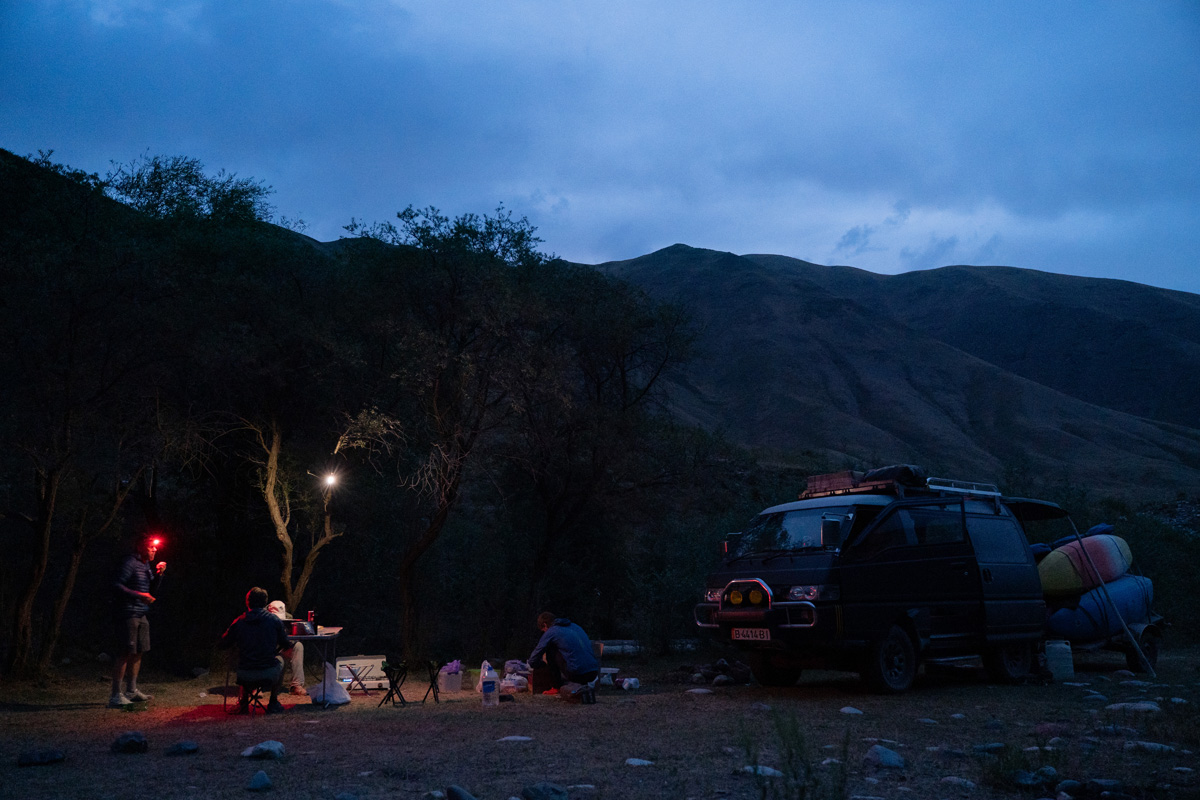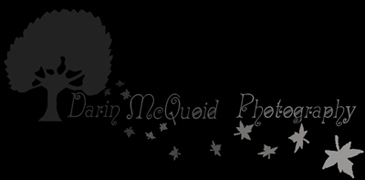
| Darin McQuoid | Blog | Reviews | Tutorials | River Directory |
Kyrgyzstan
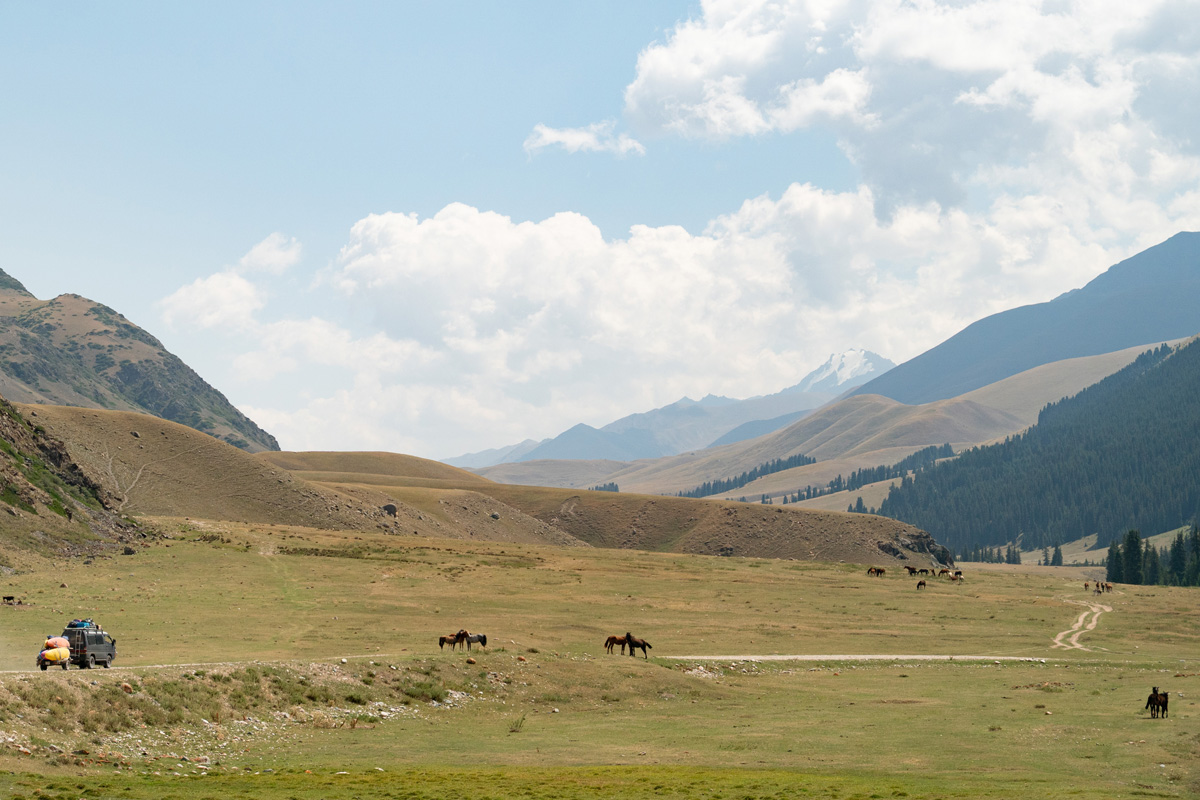
The
Chu is a dam fed river, mostly grade III and it gives us a chance to
make sure we have everything and brush off some cobwebs. We get in the
flow and don't scout.

Rok Sribar amuses a local.
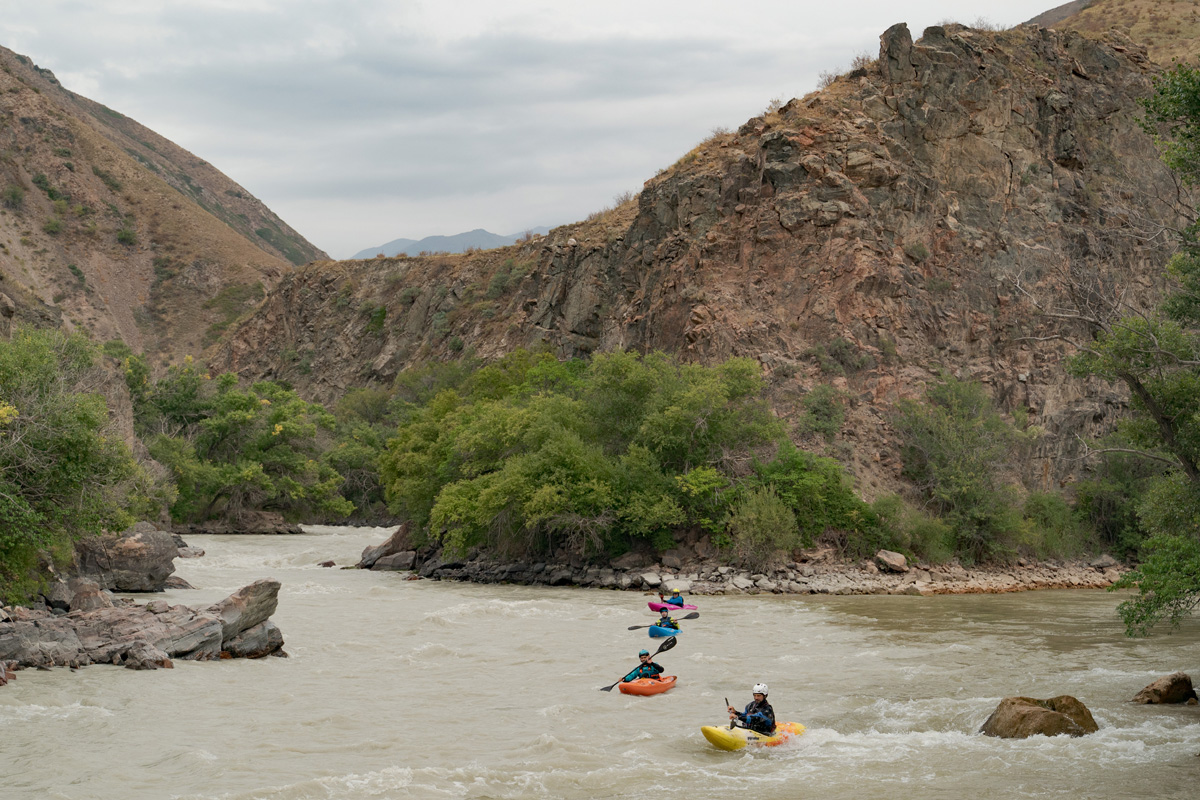
We stop for pictures at the Chu and Chon-Kemin rivers. The Chon-Kemin is flowing much higher than normal at the moment and adds a lot of water.
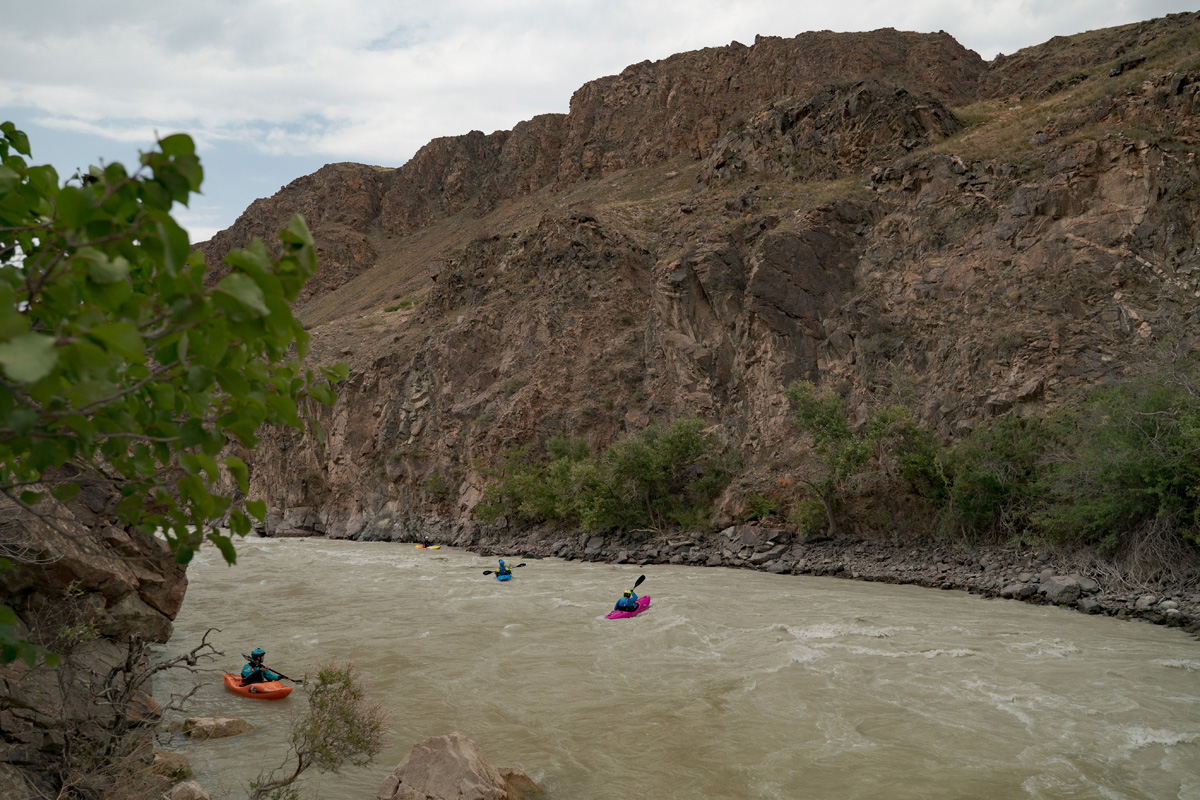
Downstream view from the confluence.
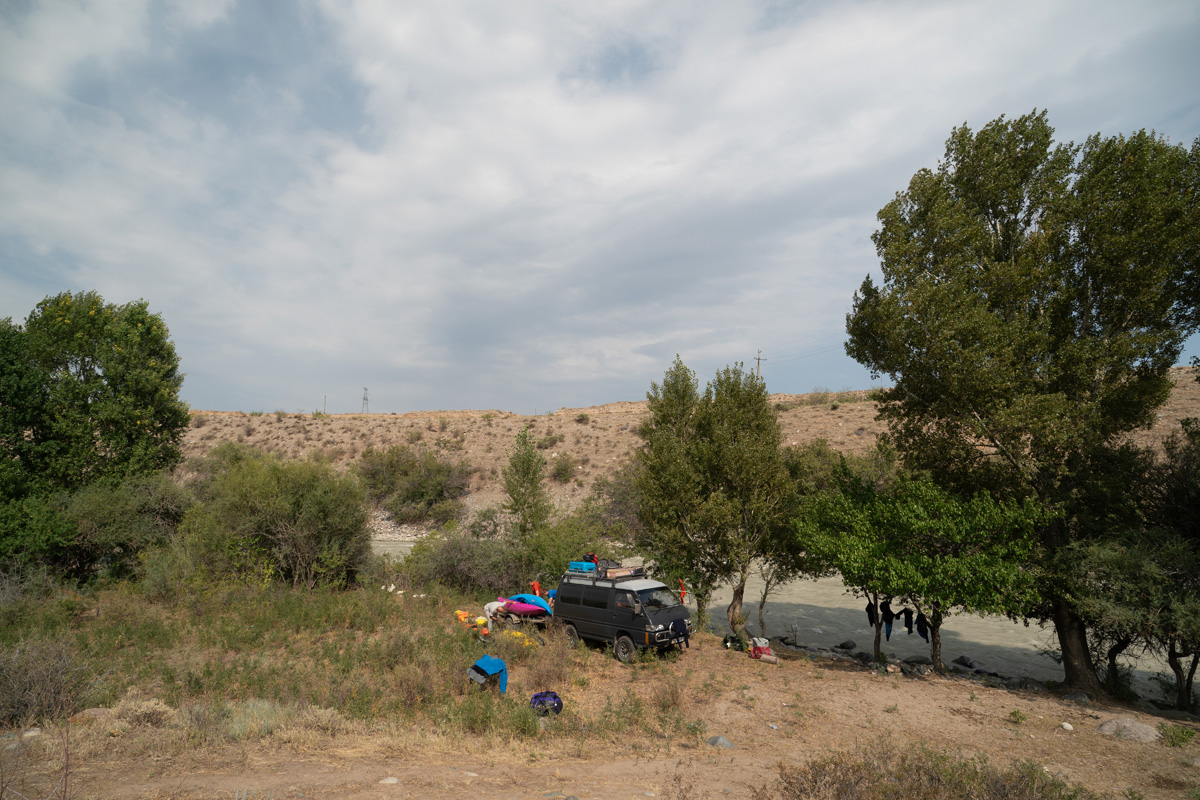
Soon enough we're at take out, drying gear and reorganizing before grabbing dinner and heading up the Chon-Kemin.
Put in location in google maps.
Take out location in google maps.
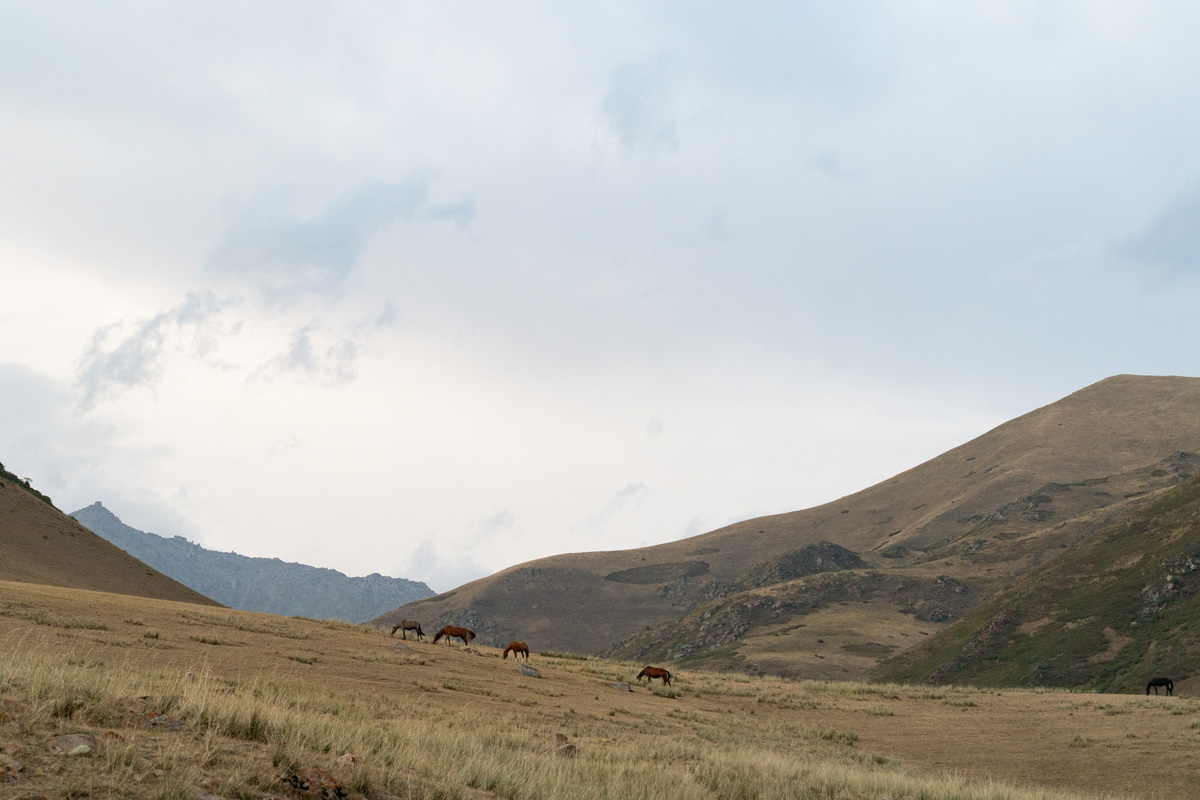
Roadside views as we head up river.
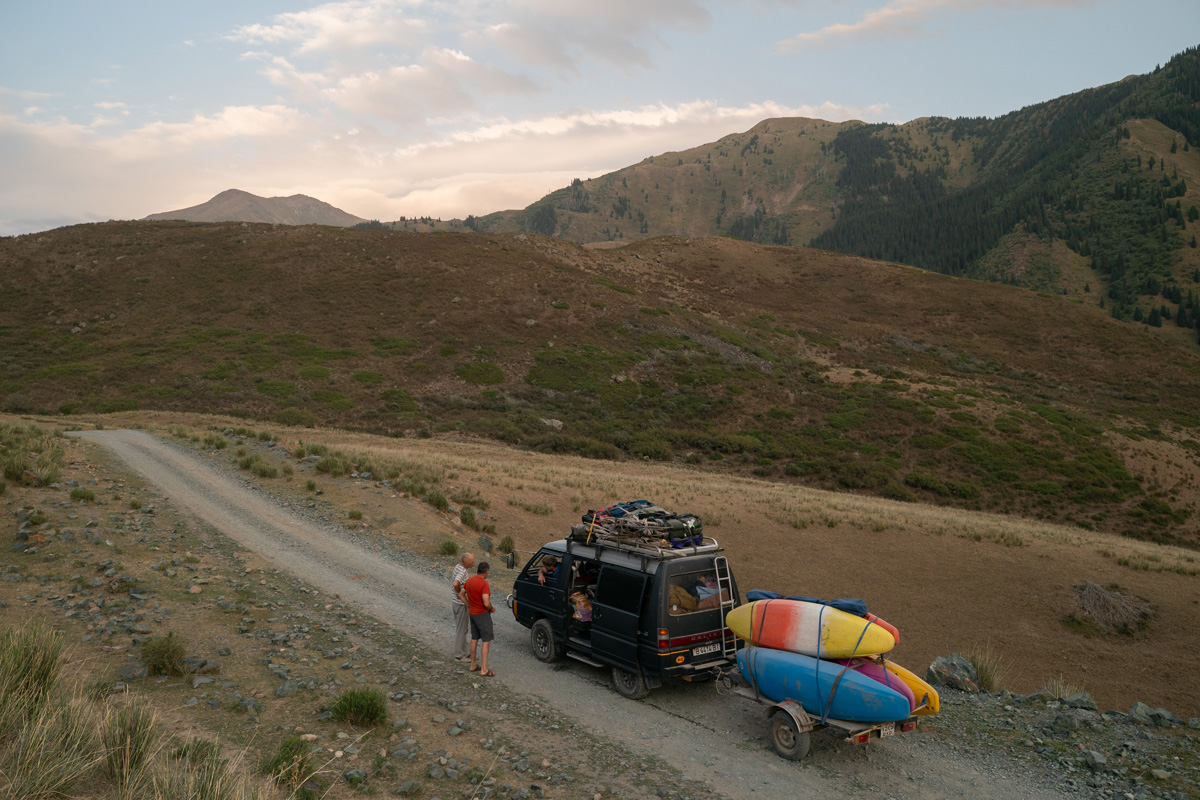
We're a lot for the poor Delica and have to stop for it to cool down. Between the road and the van, it's taking some time to make it twenty some miles up the Chon-Kemerin, which is what we'll be paddling tomorrow.
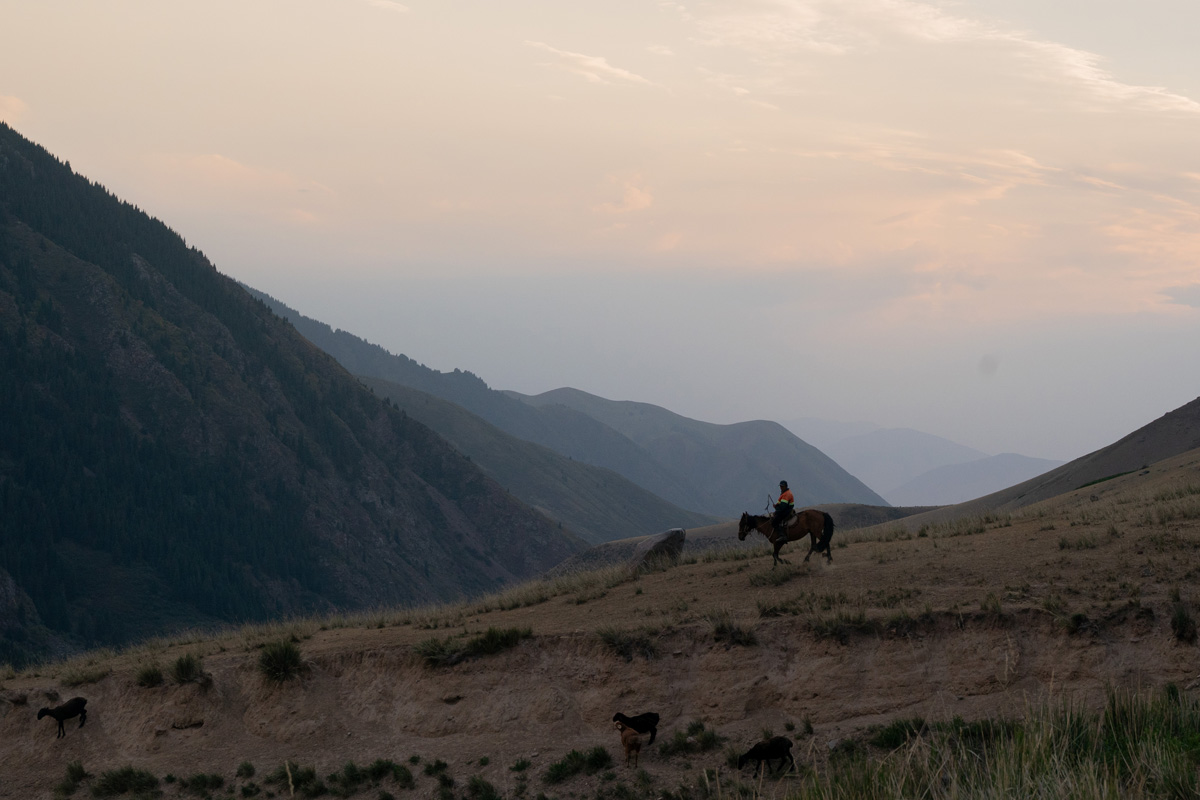
A local herds sheep down the hills as the day turns to dusk.

Why
Kyrgyzstan? I can't say it's on my radar for places to go
kayaking. In the middle of the summer of 2025, I get a message
from Rok Sribar; want to join me on a paddling trip in Kyrgyzstan this
fall?
How long has it been since I did an international kayaking trip? Middle age, a series of life events and world happenings take a toll on motivation and resources. It's been almost ten years. Where the hell did those years go? We moved in 2017, the Camp Fire hit us in 2018, then the covid pandemic, followed by losing my best friend Joseph Hatcher to Upper Cherry in '21, and being with Chris Tulley in '24 on the South Fork Feather, it's been a lot. Excuses aside, the years are going by too fast, and it's a great chance to reconnect with an great friend. Plus, this is will be a guided trip with Two Blades Whitewater, so while it might cost a little more than the style of trips we have previously done, it will also be a lot more efficient than having to figure out logistics on our own.
Rok already has the early September trip booked and by the time I get organized, the trip is full. Thankfully Egor Voskoboynikov at Two Blades is flexible to suit our needs, and we're able to do a mid-August trip with a small group, provided we find one more person. David Lew has done the trip before and decides to come again, while Egor will be training a new guide for the region, Michal Kuthan, making our total group five on the river.
My camera of choice for the last few years has been a Sony A6100 and the little Sony Zeiss 16-70mm f4 lens. It's a compact, competent and light setup. It does have some shortcomings though, mostly in handling and controls. I hem and haw. What the hell, life is short being an inspiration for the trip, why own a nice camera and not use it; I pack the Sony A9 (24oz), 20-70mm f4 (17oz), and Tamron 70-300mm (19oz). The controls on the camera are much superior, as is the viewfinder, and of course the A9's full frame sensor will be better in low light than the aps-c in the A6000 series. The camera and two lenses just barely fit in a Pelican 1200 case (44oz) at a not so svelte 7lbs of total weight. Which doesn't sound bad until you think that it's similar to a comfortable overnight camping setup. And we'll have some multi days on this trip, so that basically means carrying two overnight kits of weight. Hmm this seemed a lot more worth it when magazines existed to buy photographs. Pelican cases are heavy, looking back to my trip on the Stikine for Addidas, I brought a Nikon D700 (38oz), Nikon 24-70mm 2.8 (32oz) and Sigma 150mm 2.8 (32oz) in a Watershed Ocoee bag (24oz). All that comes in about 8lbs so not all that much heavier, but the Nikon 24-70 2.8 stopped focusing by the end of that trip so there is a price for traveling "light".
David and I fly with Turkish Airlines for twelve hours from San Francisco to Istanbul, have a couple hour layover, then a final six hours to Biskek. They take our boats for a $250 fee, it's nice not to stress about getting them to their destination.
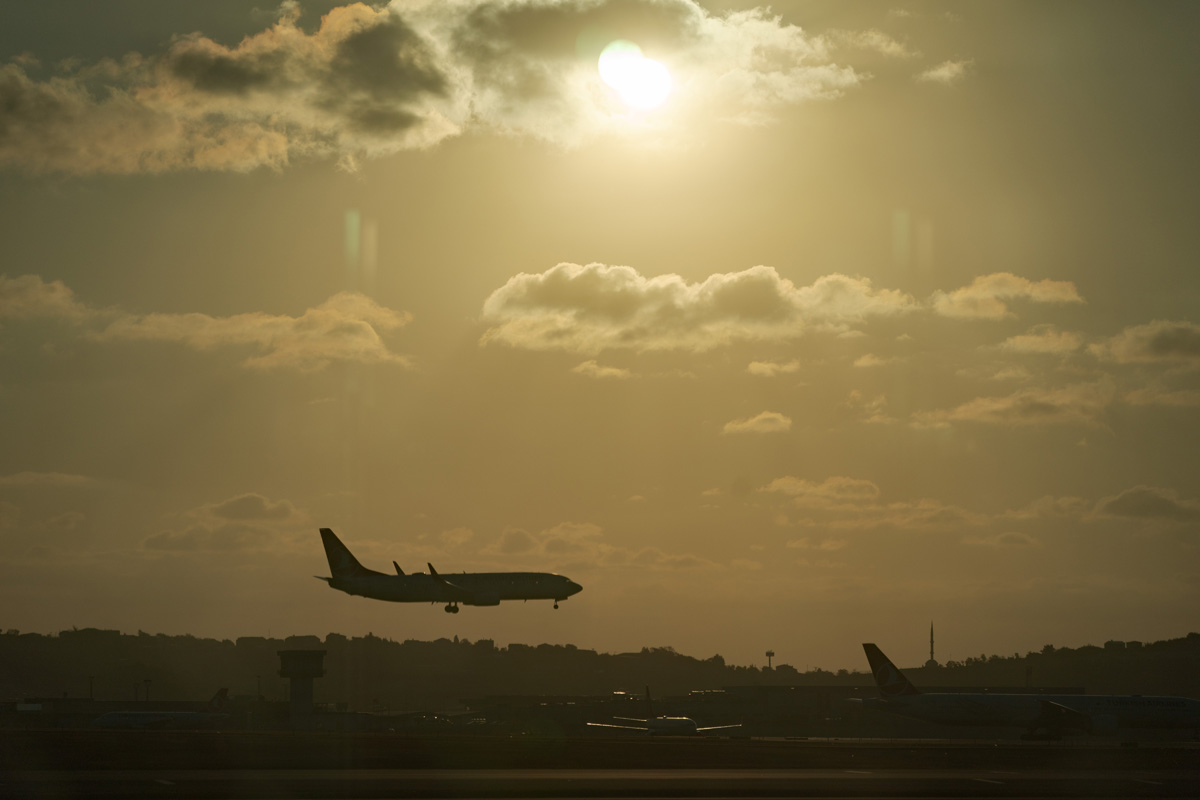
A jet about to touch down in Istanbul.
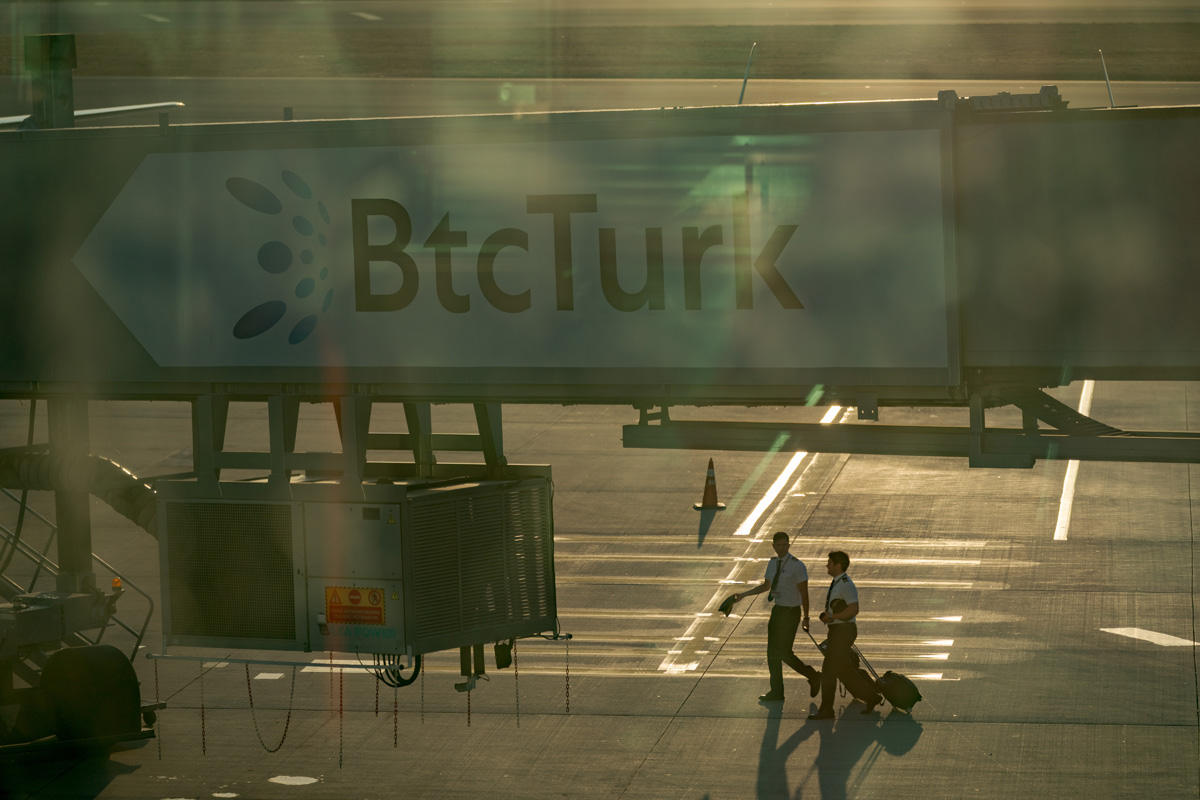
Playing with the camera during the layover to kill time.
We land in pre morning twilight, with the usual befuddlement that is the nature of long flights. Michal Kuthan meets us in the terminal, as he landed bit before us. All our gear shows up too and soon enough we're loading up with Egor and Gimitry as dawn approaches.
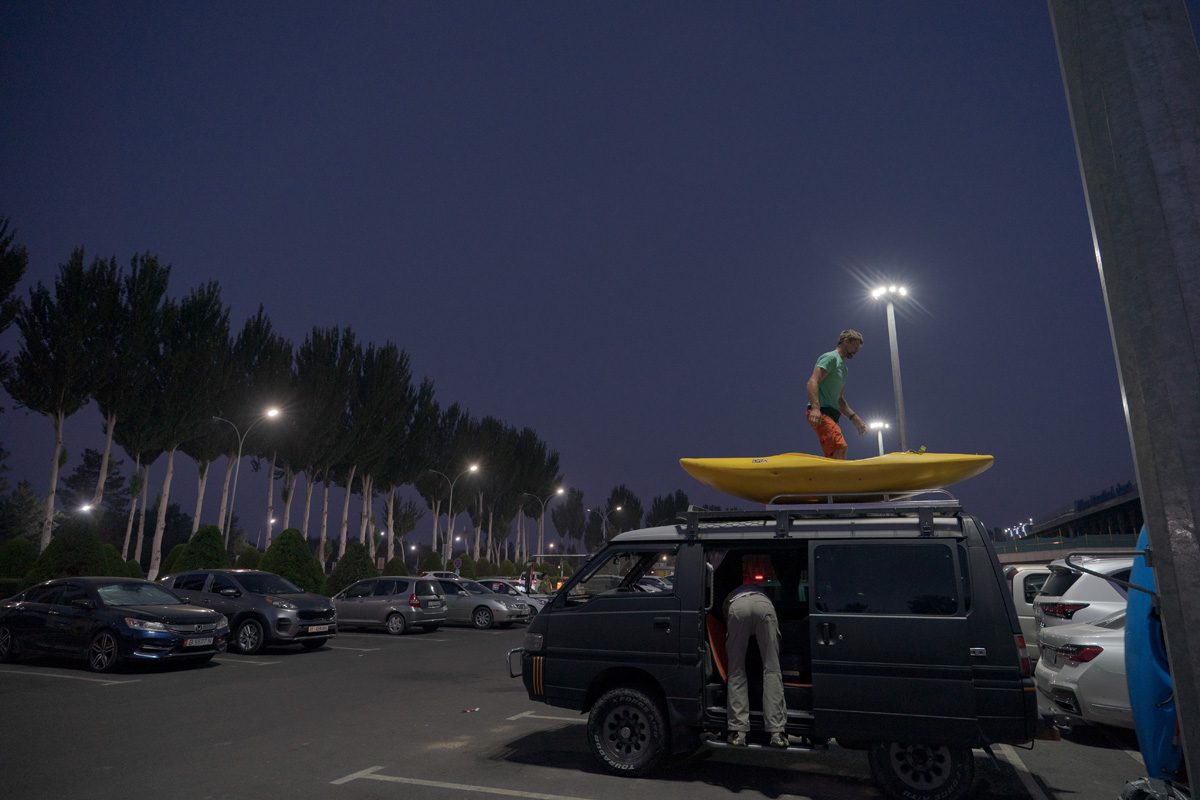
The Mitsubishi Delica, where the six of us will spend many hours over the following week.
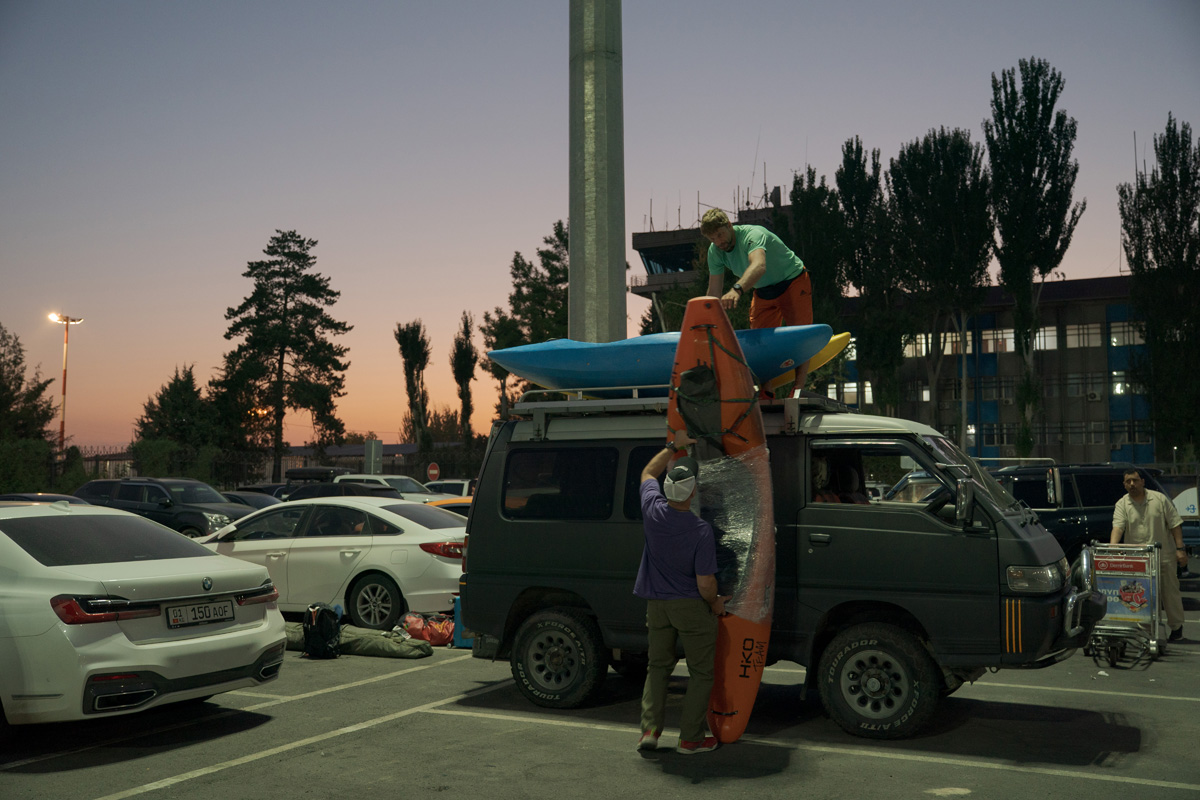
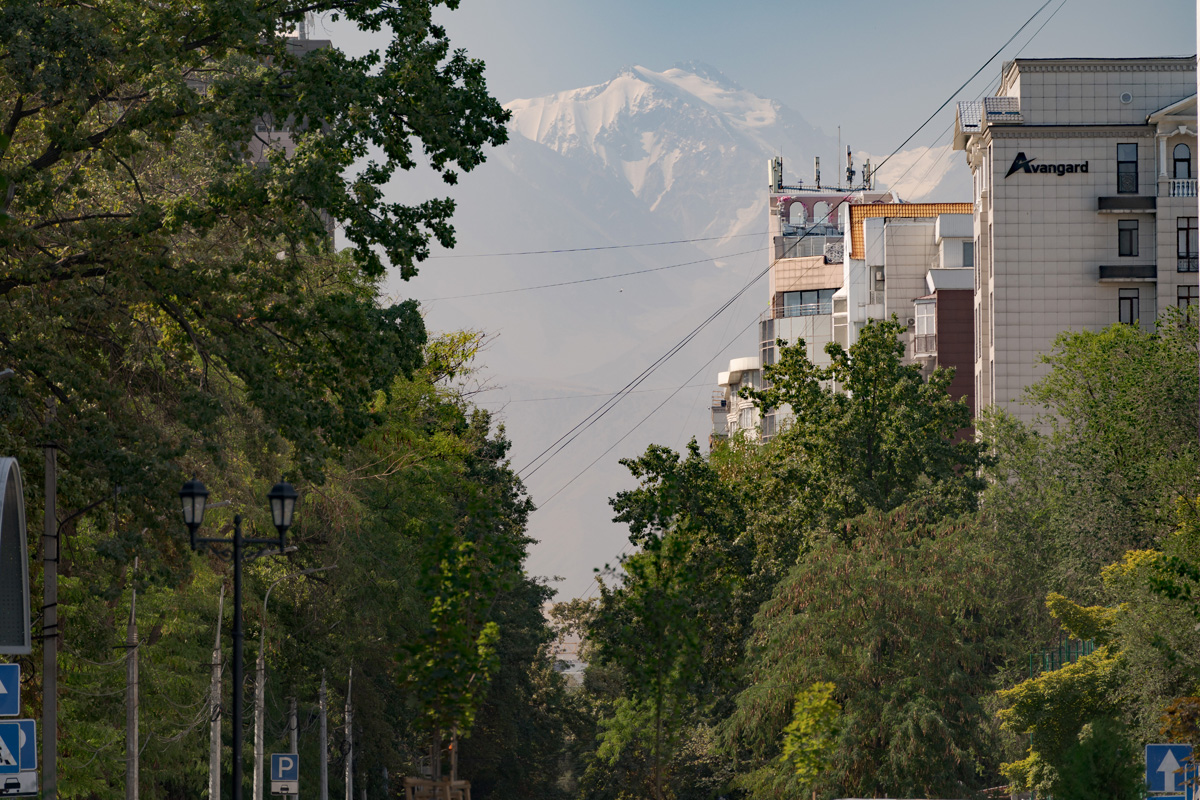
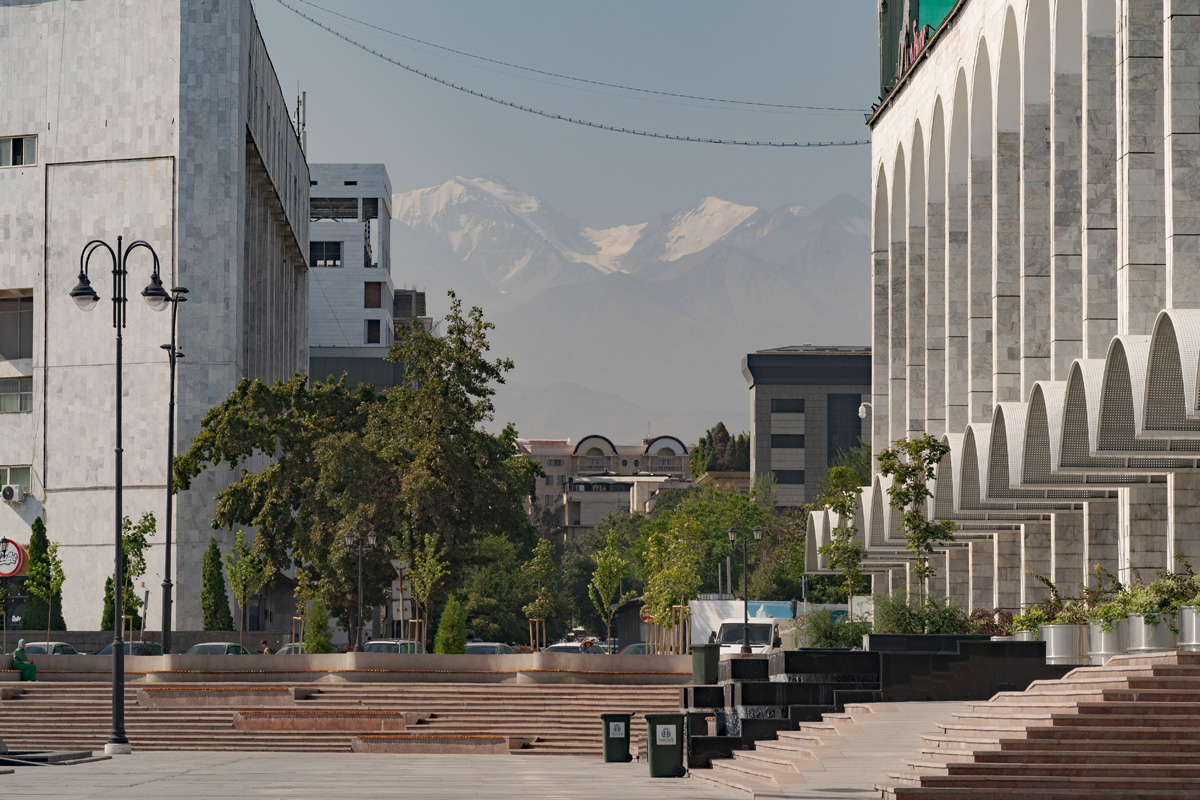
The city is very clean an an interesting experience with some very nice parts and some rougher parts an old USSR crumbling apartment buildings I neglected to get photographs of.
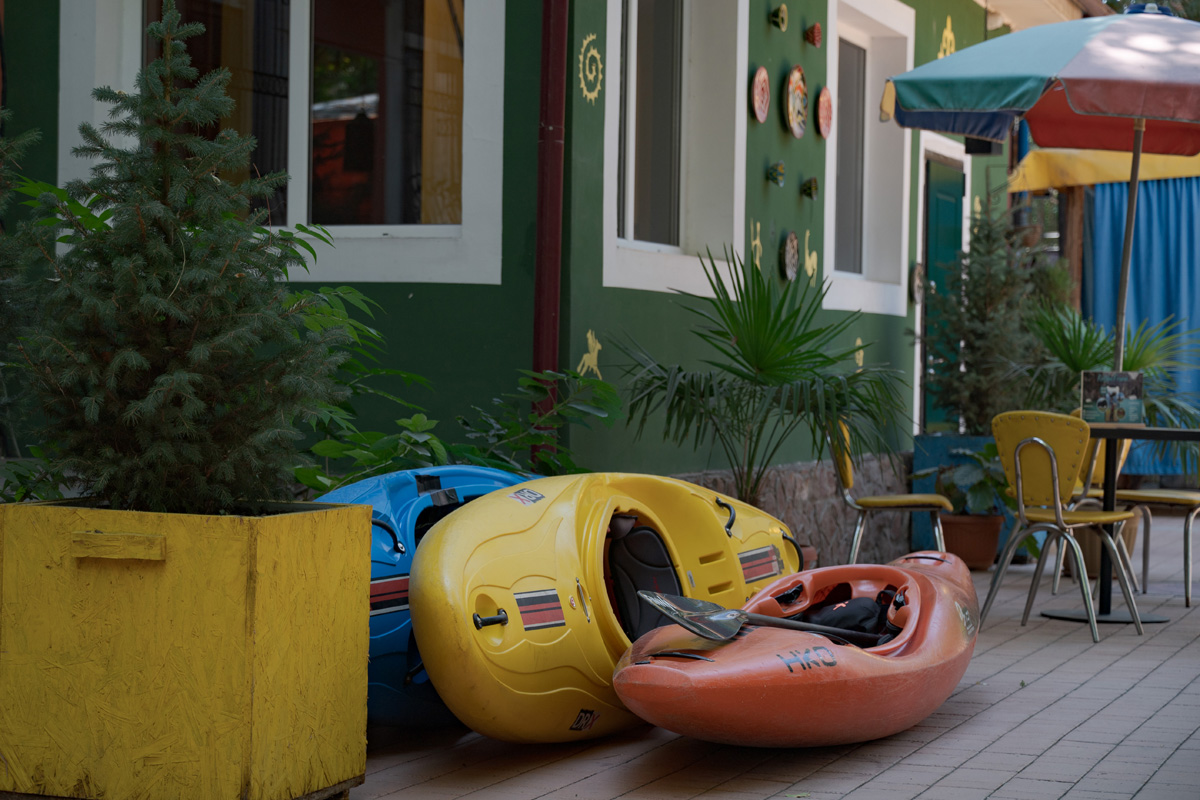
The hostel's color scheme compliments our kayaks.
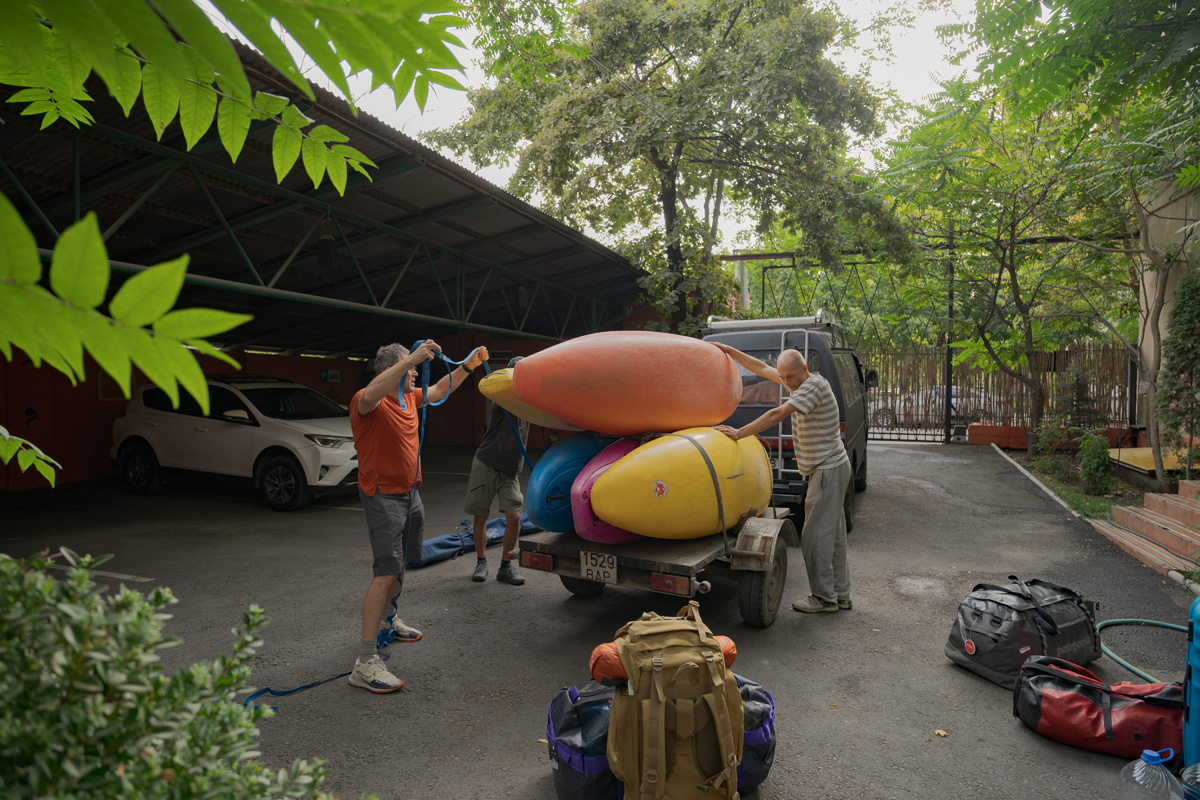

David Lew unloads gear bags at the Chu.
How long has it been since I did an international kayaking trip? Middle age, a series of life events and world happenings take a toll on motivation and resources. It's been almost ten years. Where the hell did those years go? We moved in 2017, the Camp Fire hit us in 2018, then the covid pandemic, followed by losing my best friend Joseph Hatcher to Upper Cherry in '21, and being with Chris Tulley in '24 on the South Fork Feather, it's been a lot. Excuses aside, the years are going by too fast, and it's a great chance to reconnect with an great friend. Plus, this is will be a guided trip with Two Blades Whitewater, so while it might cost a little more than the style of trips we have previously done, it will also be a lot more efficient than having to figure out logistics on our own.
Rok already has the early September trip booked and by the time I get organized, the trip is full. Thankfully Egor Voskoboynikov at Two Blades is flexible to suit our needs, and we're able to do a mid-August trip with a small group, provided we find one more person. David Lew has done the trip before and decides to come again, while Egor will be training a new guide for the region, Michal Kuthan, making our total group five on the river.
My camera of choice for the last few years has been a Sony A6100 and the little Sony Zeiss 16-70mm f4 lens. It's a compact, competent and light setup. It does have some shortcomings though, mostly in handling and controls. I hem and haw. What the hell, life is short being an inspiration for the trip, why own a nice camera and not use it; I pack the Sony A9 (24oz), 20-70mm f4 (17oz), and Tamron 70-300mm (19oz). The controls on the camera are much superior, as is the viewfinder, and of course the A9's full frame sensor will be better in low light than the aps-c in the A6000 series. The camera and two lenses just barely fit in a Pelican 1200 case (44oz) at a not so svelte 7lbs of total weight. Which doesn't sound bad until you think that it's similar to a comfortable overnight camping setup. And we'll have some multi days on this trip, so that basically means carrying two overnight kits of weight. Hmm this seemed a lot more worth it when magazines existed to buy photographs. Pelican cases are heavy, looking back to my trip on the Stikine for Addidas, I brought a Nikon D700 (38oz), Nikon 24-70mm 2.8 (32oz) and Sigma 150mm 2.8 (32oz) in a Watershed Ocoee bag (24oz). All that comes in about 8lbs so not all that much heavier, but the Nikon 24-70 2.8 stopped focusing by the end of that trip so there is a price for traveling "light".
David and I fly with Turkish Airlines for twelve hours from San Francisco to Istanbul, have a couple hour layover, then a final six hours to Biskek. They take our boats for a $250 fee, it's nice not to stress about getting them to their destination.

A jet about to touch down in Istanbul.

Playing with the camera during the layover to kill time.
We land in pre morning twilight, with the usual befuddlement that is the nature of long flights. Michal Kuthan meets us in the terminal, as he landed bit before us. All our gear shows up too and soon enough we're loading up with Egor and Gimitry as dawn approaches.

The Mitsubishi Delica, where the six of us will spend many hours over the following week.

We spend the day being tourists in Bishkek, incredible to see such large mountains right outside the capitol.


The city is very clean an an interesting experience with some very nice parts and some rougher parts an old USSR crumbling apartment buildings I neglected to get photographs of.

The hostel's color scheme compliments our kayaks.
We go to bed early, looking forward to getting on the water tomorrow.
Day Two - The Chu
Day Two - The Chu

Six people, five boats, and gear in the Delica, it's a bit of a puzzle even with the assistance of a small trailer.
Once
all the gear is loaded we head out of town, stocked with all our
supplies for a few days. Traffic in Bishkek can be a burdon, and we
drive for about two hours, covering eighty miles and arriving at the
put in for Chu River, our warm up run.

David Lew unloads gear bags at the Chu.

Rok Sribar amuses a local.

We stop for pictures at the Chu and Chon-Kemin rivers. The Chon-Kemin is flowing much higher than normal at the moment and adds a lot of water.

Downstream view from the confluence.

Soon enough we're at take out, drying gear and reorganizing before grabbing dinner and heading up the Chon-Kemin.
Put in location in google maps.
Take out location in google maps.

Roadside views as we head up river.

We're a lot for the poor Delica and have to stop for it to cool down. Between the road and the van, it's taking some time to make it twenty some miles up the Chon-Kemerin, which is what we'll be paddling tomorrow.

A local herds sheep down the hills as the day turns to dusk.
